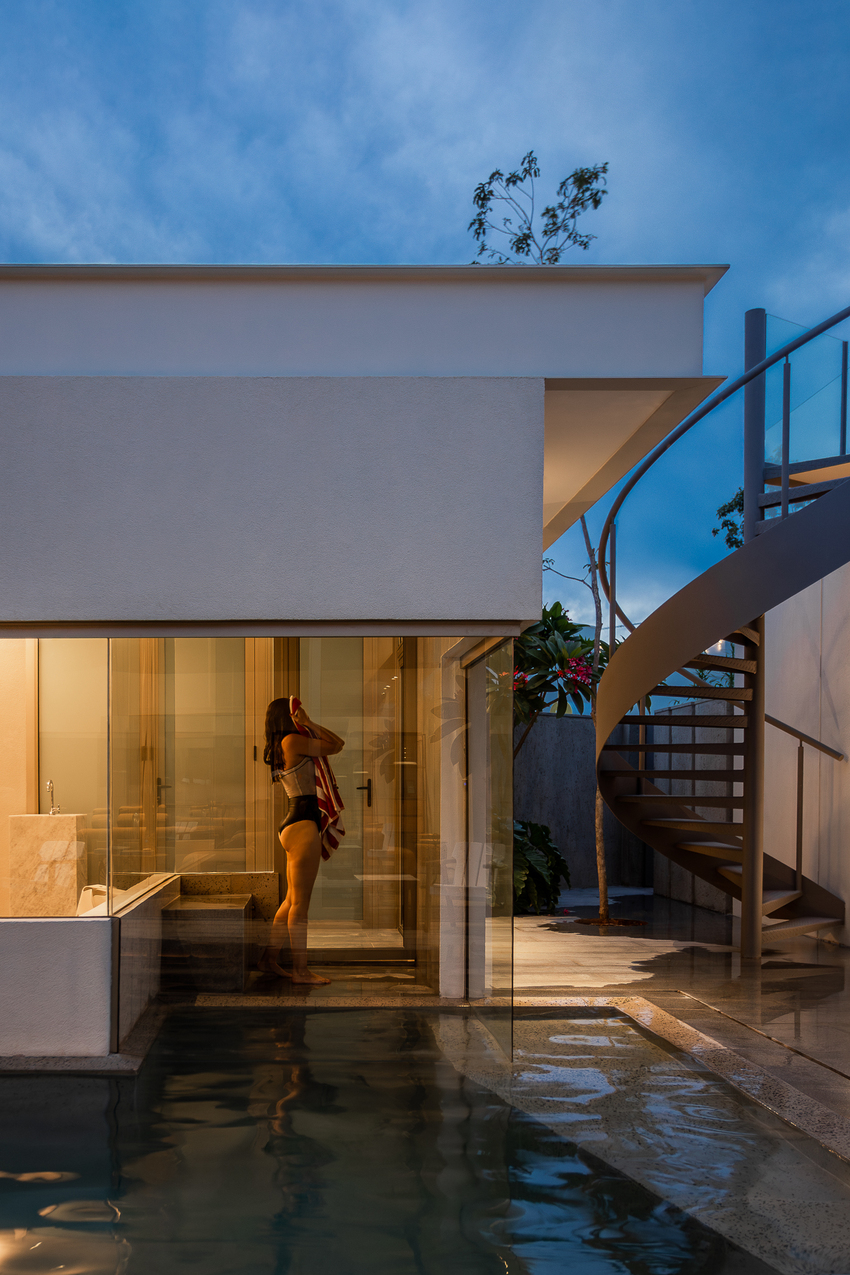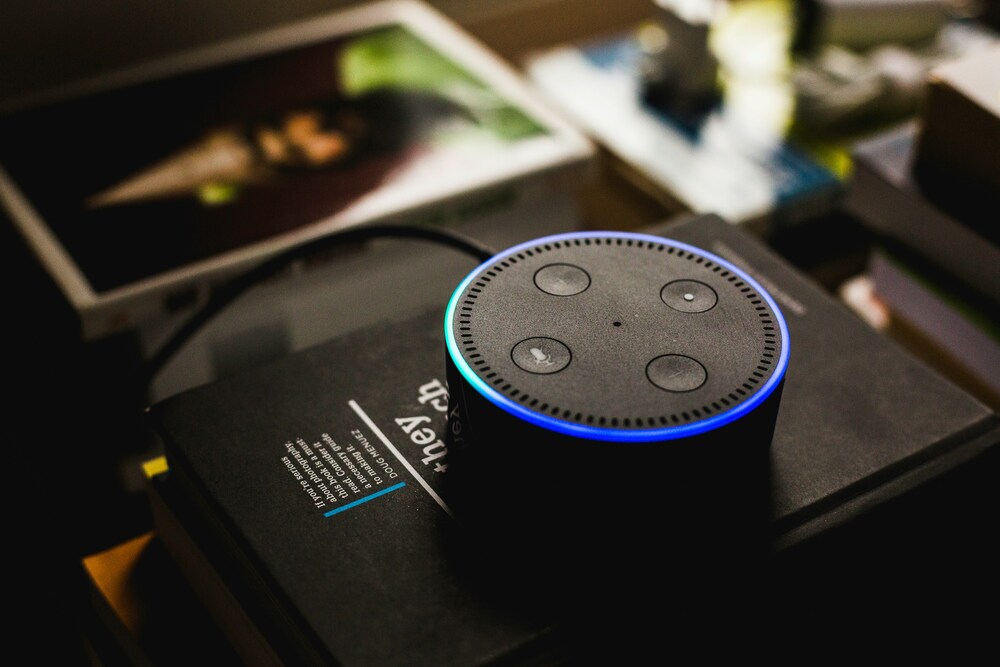- Home
- Articles
- Architectural Portfolio
- Architectral Presentation
- Inspirational Stories
- Architecture News
- Visualization
- BIM Industry
- Facade Design
- Parametric Design
- Career
- Landscape Architecture
- Construction
- Artificial Intelligence
- Sketching
- Design Softwares
- Diagrams
- Writing
- Architectural Tips
- Sustainability
- Courses
- Concept
- Technology
- History & Heritage
- Future of Architecture
- Guides & How-To
- Art & Culture
- Projects
- Interior Design
- Competitions
- Jobs
- Store
- Tools
- More
- Home
- Articles
- Architectural Portfolio
- Architectral Presentation
- Inspirational Stories
- Architecture News
- Visualization
- BIM Industry
- Facade Design
- Parametric Design
- Career
- Landscape Architecture
- Construction
- Artificial Intelligence
- Sketching
- Design Softwares
- Diagrams
- Writing
- Architectural Tips
- Sustainability
- Courses
- Concept
- Technology
- History & Heritage
- Future of Architecture
- Guides & How-To
- Art & Culture
- Projects
- Interior Design
- Competitions
- Jobs
- Store
- Tools
- More
The New Age of Smart Buildings: Technology, Sustainability, and Living Spaces

In the rapidly evolving landscape of modern architecture, the emergence of smart buildings represents a significant leap towards the integration of technology, sustainability, and enhanced living spaces. As the world grapples with the challenges of climate change, urbanization, and the need for more efficient use of resources, the concept of smart buildings has come to the forefront as a solution that promises not only to address these issues but also to redefine our relationship with the spaces we inhabit.

Table of Contents
ToggleThe Foundation of Smart Buildings
At its core, a smart building utilizes advanced technology and interconnected systems to optimize building operations, reduce energy consumption, and improve the occupant experience. This is achieved through the integration of various components such as IoT (Internet of Things) devices, sensors, and automation systems that work together to monitor and manage the building’s environment. The data collected from these devices is analyzed in real-time, enabling the building to adapt to changing conditions and occupant needs with minimal human intervention.
Sustainability at the Heart
Sustainability is a key driver in the development of smart buildings. By employing technologies that enhance energy efficiency, such as smart lighting, HVAC (heating, ventilation, and air conditioning) systems, and renewable energy sources, smart buildings significantly reduce their carbon footprint. Moreover, the use of sustainable materials and green construction practices further solidifies their role in promoting environmental stewardship.

The benefits of smart buildings extend beyond environmental considerations. They also offer economic advantages by lowering operational costs through energy savings and predictive maintenance. This not only makes smart buildings more cost-effective to operate but also contributes to the broader goals of sustainable development by conserving resources and reducing waste.
Enhancing Living Spaces
Smart buildings are transforming the concept of living spaces by prioritizing the comfort, health, and well-being of their occupants. Through advanced air quality monitoring, natural lighting optimization, and personalized temperature controls, these buildings create environments that adapt to individual preferences and needs. This human-centric approach not only enhances the quality of life for those who live and work within these spaces but also boosts productivity and overall satisfaction.
In addition to physical comfort, smart buildings also incorporate digital technologies to streamline various aspects of daily life. From security systems that offer peace of mind to integrated communication networks that facilitate seamless connectivity, the emphasis is on creating a holistic and convenient living experience.

The Future of Urban Living
As urban populations continue to grow, the role of smart buildings in shaping the future of cities becomes increasingly important. By integrating with smart city initiatives, these buildings can contribute to the creation of interconnected, sustainable urban ecosystems. This includes everything from improving traffic flow through real-time data sharing to enhancing public safety and fostering community engagement through shared spaces and services.
The potential of smart buildings extends even further with the advent of cutting-edge technologies such as artificial intelligence (AI) and machine learning. These technologies enable buildings to learn from occupant behavior and environmental conditions, further optimizing their operations and adapting to future challenges.

Challenges and Considerations
Despite the numerous benefits, the transition to smart buildings is not without its challenges. Issues such as data privacy, cybersecurity, and the digital divide must be addressed to ensure that the advantages of smart buildings are accessible to all and that occupants’ rights are protected. Additionally, the upfront costs associated with implementing smart technologies can be a barrier for some, highlighting the need for innovative financing solutions and incentives to encourage adoption.

The new age of smart buildings represents a paradigm shift in how we think about and interact with our built environment. By harnessing the power of technology and prioritizing sustainability and occupant well-being, smart buildings offer a vision of the future where our living spaces are not only more efficient and environmentally friendly but also more responsive to our needs as individuals. As we continue to navigate the challenges of the 21st century, the development and proliferation of smart buildings stand as a testament to the potential of human ingenuity to create spaces that enhance our lives while safeguarding the planet for future generations.
Submit your architectural projects
Follow these steps for submission your project. Submission FormLatest Posts
How Virtual Architecture Is Redefining Design From Real Time Worlds to Built Impact
Discover how virtual architecture is redefining design from static sketches to immersive,...
Designing a Starter Smart Home Without Breaking the Bank
Smart homes don’t have to cost a fortune. Many homeowners think they...
Style Meets Security: Choosing Entry Solutions That Do Both
When it comes to homes and businesses, entryways are more than just...
Top 5 Desktop Rebuild Cost Assessment Solutions for Property Professionals
Do you ever lay awake at night, playing out scene after scene...












Leave a comment